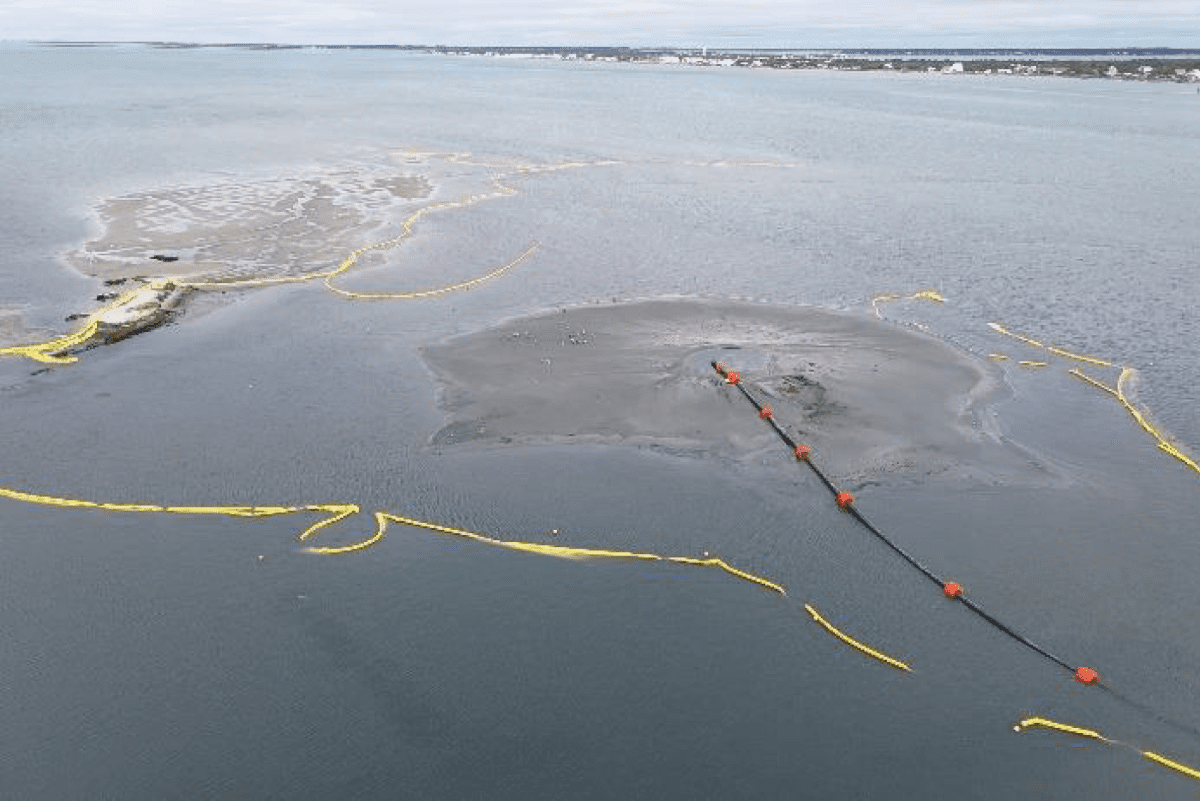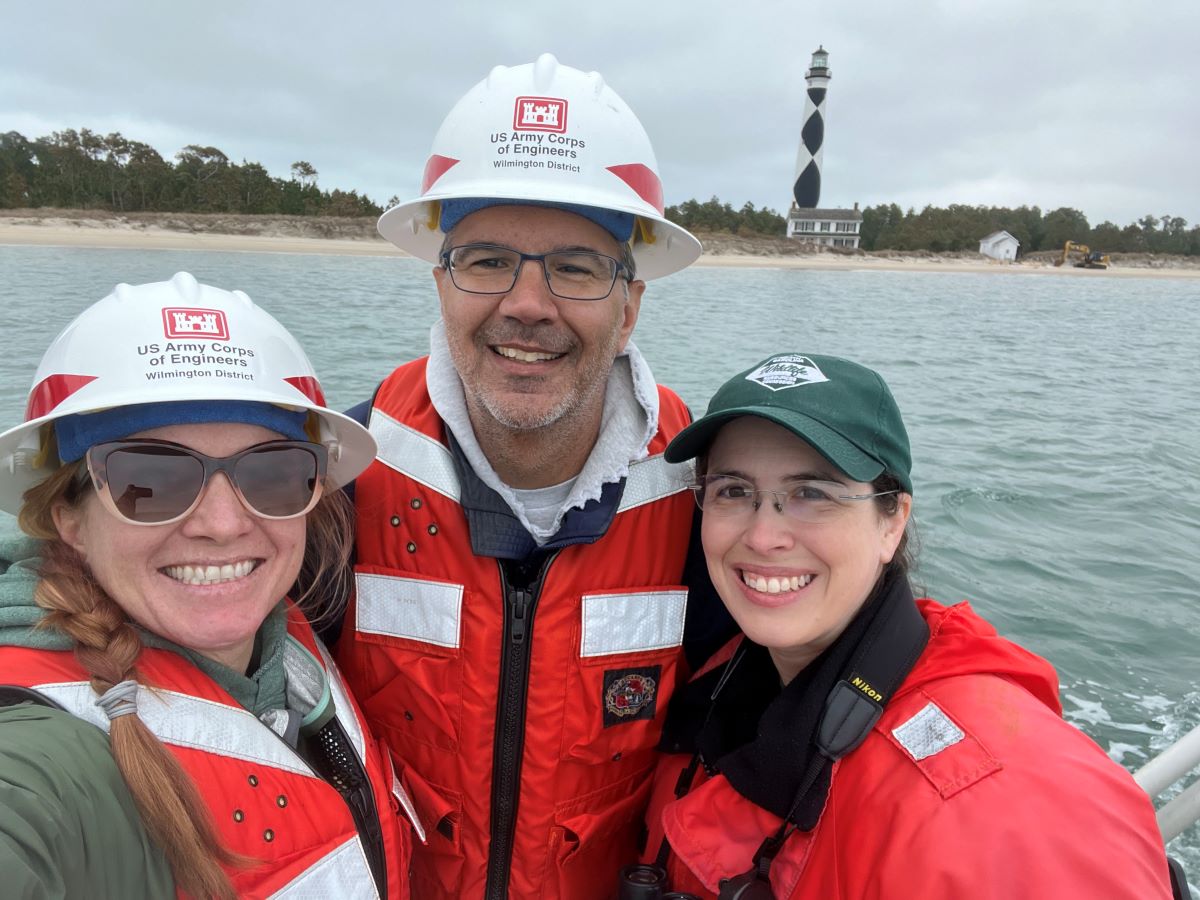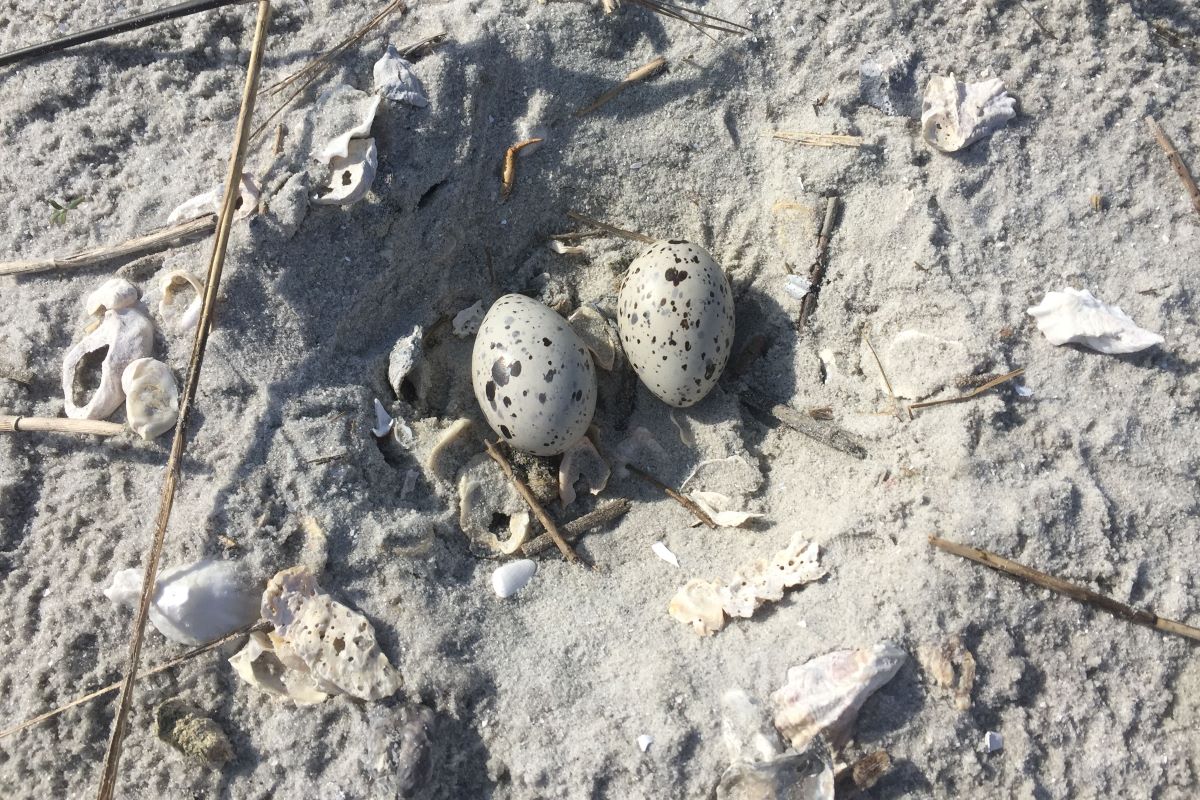
A near-vanished island popping up from the channel between the Cape Lookout Lighthouse and Harkers Island has been restored, offering itself once again as a haven for waterbirds.
Around since at least 1970, Sandbag Island is a human-made, dredge spoil island built up by the sand, mud and other material scooped and sucked up from clogged waterways.
Supporter Spotlight
The island, owned and managed by the North Carolina Wildlife Resources Commission sprawled as large as 18 acres in the late 1990s.
But it began slowly disappearing after that time. Dwindling in 2019 down to 2 acres and, by last winter, 0.1 acre, land where waterbirds gathered to nest, rest and forage in peace was erased.
A $6.9 million dredging project to improve waterway access at Cape Lookout National Seashore has brought new life to the little island, plumping it with 135,000 cubic yards of dredge material and expanding it to a footprint of about 5 acres, according to the Army Corps of Engineers Wilmington District.
That’s good for waterbirds, explained Wildlife Resources Commission’s wildlife diversity biologist Carmen Johnson.
“Many of the birds that use these islands, they need that open, sandy habitat,” she said. “They like going to the beach too, but whenever they’re nesting they need areas that are free from disturbance.”
Supporter Spotlight
On islands like Sandbag, waterbirds can incubate their eggs and, once their chicks hatch, raise their young away from beaches popular to locals, tourists and their dogs.
Johnson said state wildlife officials were eager to be part of discussions with the Corps about where the dredged material — tens of thousands of cubic yards of it — might go in hopes of getting at least some of that material to build up Sandbag Island.
The dredge project, a collaborative effort between the National Park Service, Corps of Engineers, and Carteret County wrapped in mid-May, leaving boaters a channel between Harkers Island and Cape Lookout Lighthouse that is 100 feet wide with depths ranging from 7 to 9 feet.

In all, 167,000 cubic yards of material was dredged to improve navigation from Back Sound channel through Lookout Bight, Wilmington District Public Affairs Specialist Jed Cayton said in an email. Of that, 32,000 cubic yards of material was injected onto Barden Inlet beach directly in front of the lighthouse.
“All beach compatible material (sand) was placed on the beach, providing some protection for the historic lighthouse,” Cayton said. “The material placed on Sandbag Island was a silty sand (not quite beach compatible), and was a great based to help rebuild an eroded bird island.”
Two pairs of American oyster catchers, a state species of concern, settled in to nest on Sandbag Island mere days after the dredge crew finished the project, Johnson said.
“We’re hoping that next year, because the work is now completed, that some other species will come in and use it as well,” she said. “It’s been very interesting to see the history of birds that have nested there over time.”
Waterbird colonies have been surveyed in North Carolina roughly every three years since 1977.
These surveys have allowed biologists to witness a shift in where waterbirds chose to nest as Sandbag Island shrank, preferring to settle in on nearby, beefier islands.
“As the surveys have continued throughout the years, we’ve seen different species using the island,” Johnson said.
When the island has been injected with material that leaves open, sandy habitat, birds that favor that terrain – black skimmers, common terns and least terns – have gravitated there to nest.

“Whenever there was more vegetation on the island we were seeing some of the gulls nesting out there. We also had brown pelicans nesting there at different times. Now that the island has been restored to this open, sandy habitat we’re expecting to see some terns and skimmers potentially return, which is exciting,” Johnson said.
Terns have not been documented to nest on Sandbag Island since the 2000s. Skimmers were last documented to nest there in the 1980s.
Johnson will visit the island to document the types of species and numbers of birds nesting there next spring.
Sandbag Island is a protected island, one that is posted March 1 to Sept. 15 each year warning people to steer clear of its shores. Anyone caught trespassing during that timeframe may face a civil penalty.
It’s important to leave these islands undisturbed, Johnson said.
“That is something that we do see a problem with,” she said. “We know that people love to see the birds and so the best possible thing to do is, if you can admire them from your boat, bring your binoculars and watch them from the boat. That’s the best thing.”








